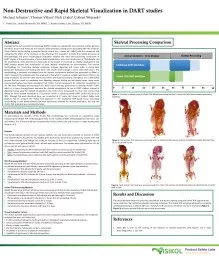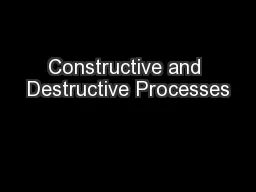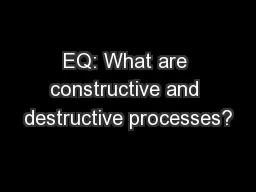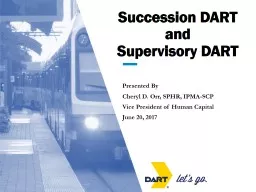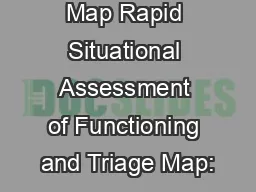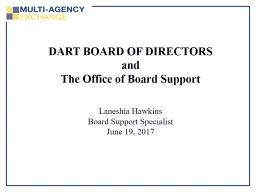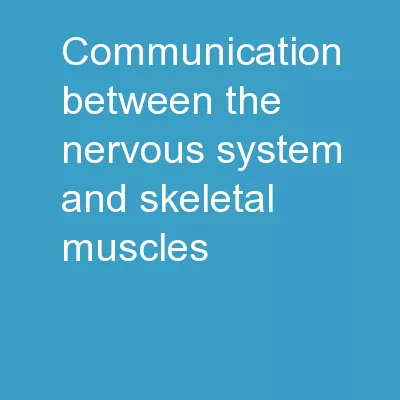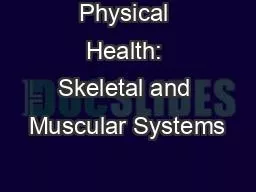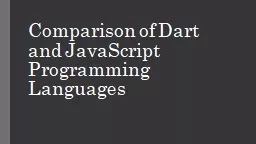PPT-Non-Destructive and Rapid Skeletal Visualization in DART studies
Author : joyousbudweiser | Published Date : 2020-08-05
Michael Johnson 1 Thomas Villani 1 Nick Crider 1 Colleen Wojenski 2 1 Visikol Inc North Brunswick NJ 08902 2 Product Safety Labs Dayton NJ 08810 Abstract Developmental
Presentation Embed Code
Download Presentation
Download Presentation The PPT/PDF document "Non-Destructive and Rapid Skeletal Visua..." is the property of its rightful owner. Permission is granted to download and print the materials on this website for personal, non-commercial use only, and to display it on your personal computer provided you do not modify the materials and that you retain all copyright notices contained in the materials. By downloading content from our website, you accept the terms of this agreement.
Non-Destructive and Rapid Skeletal Visualization in DART studies: Transcript
Download Rules Of Document
"Non-Destructive and Rapid Skeletal Visualization in DART studies"The content belongs to its owner. You may download and print it for personal use, without modification, and keep all copyright notices. By downloading, you agree to these terms.
Related Documents

